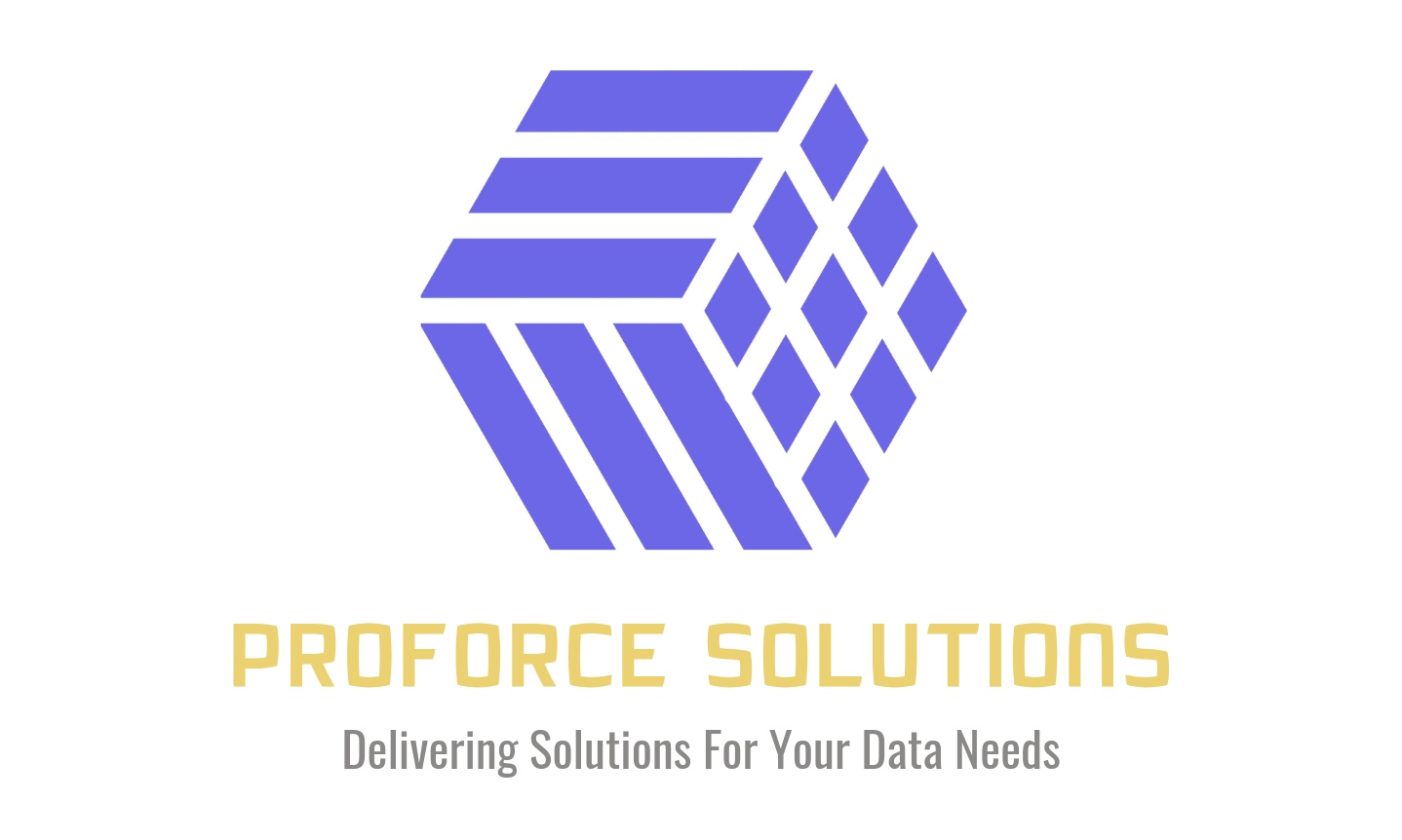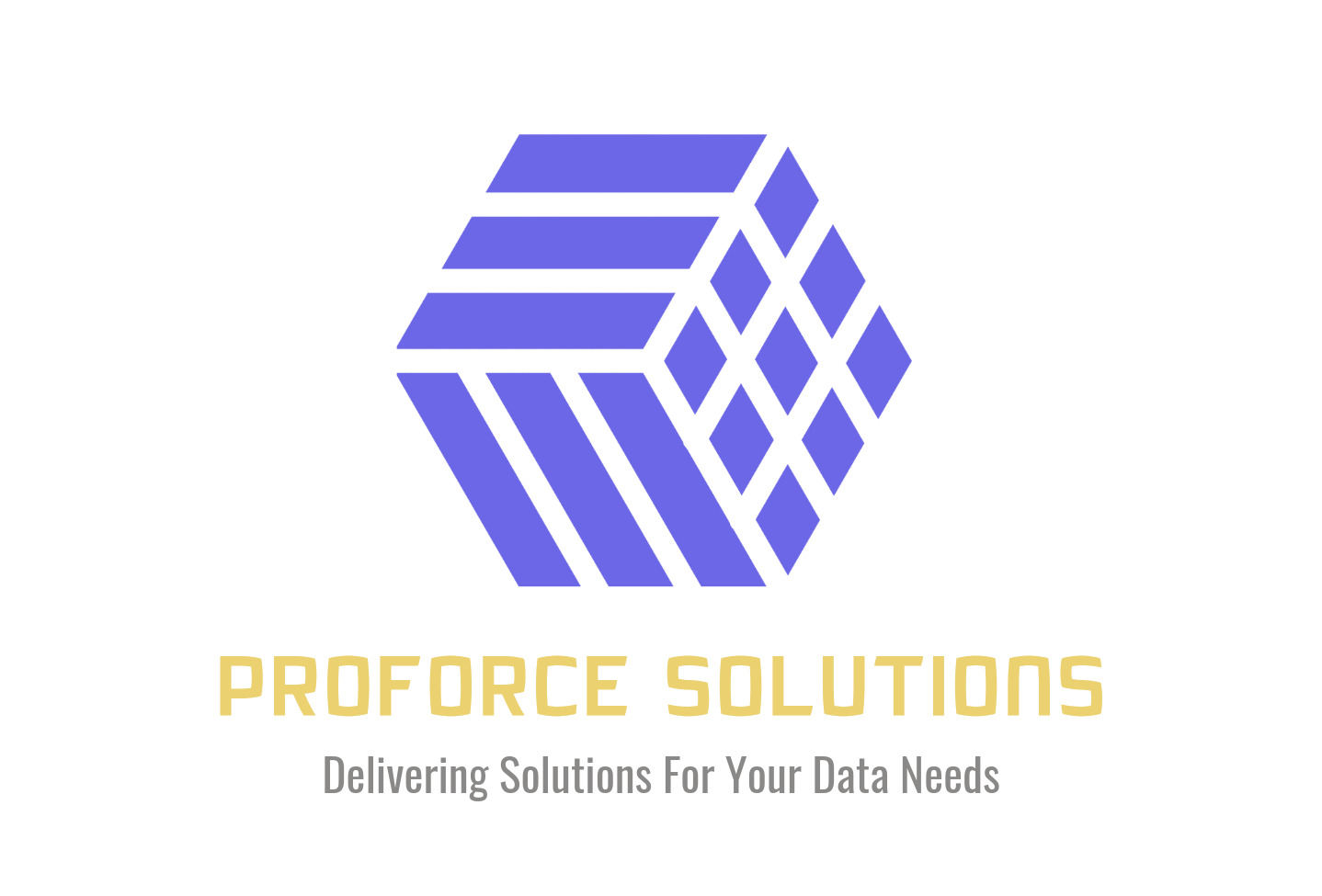Data Modeling and Architecture
At Proforce Solution, our approach to data modeling and architecture within Snowflake is centered around designing structures that optimize data accessibility, performance, and scalability. We work closely with businesses to create data models that are intuitive, highly performant, and tailored to their specific operational needs. With Snowflake's unique cloud-native architecture, we can support both structured and semi-structured data, ensuring businesses get the best performance and analytical insights from their data
Our Approach to Data Modeling in Snowflake
At Proforce Solution, we take a structured, best-practice approach to data modeling in Snowflake. The goal of our data models is to ensure that your data is organized in a way that maximizes efficiency and enables quick, accurate analytics. We begin by understanding your business needs, data sources, and the specific queries your teams need to run regularly.
Dimensional Modeling
We often use a star or snowflake schema (no pun intended) that focuses on separating dimensions (such as customer, product, and time) from facts (like sales and orders). This setup allows for faster, more efficient queries, making reporting much more intuitive for analysts.
Schema Flexibility
Snowflake’s ability to support both structured and semi-structured data (e.g., JSON, Avro, Parquet) allows us to build flexible models that accommodate future growth and evolving data needs. This flexibility is vital for businesses with varying data types and dynamic reporting requirements
Performance Optimization
We ensure that our data models are not only logically sound but also optimized for Snowflake’s columnar storage and micro-partitioning. This ensures your queries are fast, your data storage is efficient, and you can scale your system as needed without performance degradation.
Version Control and Governance
We implement strict version control in our data models to ensure that any changes are documented and traceable, helping maintain the integrity of the data and ensuring compliance with governance policies
Data Normalization Denormalization
We balance normalization for reducing data redundancy with denormalization for improved read performance, ensuring a practical approach for your business analytics. For transactional systems, normalization is key, but for analytical platforms like Snowflake, we often incorporate denormalized structures that speed up query performance.
Benefits of Well-Designed Data Models
well-designed data model is the backbone of efficient data operations. The models we implement in Snowflake come with several benefits, including:
Optimized Performance
Snowflake’s architecture allows us to implement data models that leverage features such as automatic clustering and materialized views, speeding up query performance and reducing processing times. Well-designed models reduce the load on your system and help avoid performance bottlenecks.
Cost Efficiency
By creating models that are efficient in both storage and processing, we help businesses keep their costs under control. Snowflake’s pay-as-you-go model means that poorly designed structures can lead to higher expenses, while our optimized models ensure that you only pay for the resources you need.
Our Solution
We recently worked with a leading table oil manufacturing company in Europe to overhaul their data architecture, which was built on legacy systems that were inefficient and difficult to scale. Their primary challenge was to create a centralized, cloud-based platform for real-time analytics that could accommodate data from multiple sources, including manufacturing, supply chain, and sales operations.We began by rethinking their data architecture using Snowflake’s flexible and scalable cloud platform. Our approach included:
Centralizing Data Sources
We integrated data from their multiple manufacturing plants and supply chain systems into a centralized Snowflake data warehouse. This allowed for real-time data access and reduced the need for manual ETL processes, as data was automatically loaded into Snowflake using Snowpipe.
Dimensional Modeling
We implemented a star schema that separated key dimensions such as product, region, and time from transactional data like sales and inventory. This provided clear, easy-to-navigate data models that drastically improved reporting and analysis across different departments.
Optimizing for Performance
Using Snowflake’s micro-partitioning and automatic clustering features, we optimized the company’s query performance, reducing the average query time by 60%. This meant that their analytics team could now generate insights almost instantly, without the need for extensive pre-aggregation.

